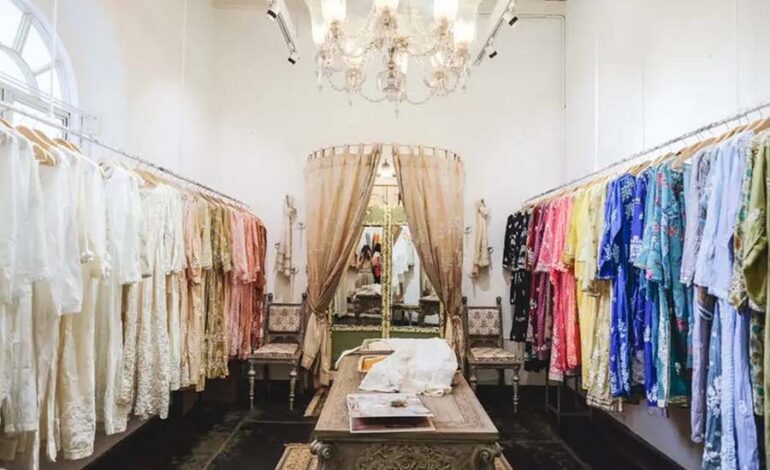The Paradigm Shift: Made-to-Order Fashion and the Battle Against Overconsumption

Reshaping Perspectives on Fast Fashion
Fast fashion has transformed the way we view clothing, presenting it as a disposable resource that can be bought and discarded at will. The consequences of this mindset are evident in the alarming increase in textile waste over the years. In 2018 alone, Americans discarded over 9 million tons of clothing and shoes, marking a seven-fold increase since 1960. The surge in global fiber production, reaching 111 million metric tons in 2019, aligns with the exponential growth of fast fashion giants like H&M and Zara.
The Fast Fashion Conundrum
From 2000 to 2019, H&M group’s net sales skyrocketed from $2.9 billion to $26.7 billion, while Zara experienced an almost eleven-fold increase from $3 billion to $33 billion. The landscape now includes even faster brands like Boohoo, Shein, Missguided, and countless others. The aftermath includes staggering amounts of unsold inventory, with H&M reporting $4.3 billion in Q1 2018 and Burberry destroying $38.6 million worth of finished goods by the end of the year.
Fox Holt’s Sustainable Crusade
In response to this overconsumption crisis, Dale Volpe and Katy Rowley launched Fox Holt in June 2020, providing a curated collection of sustainable products. Their fervent belief in the made-to-order model positions it as a potential solution to break free from the shackles of overstock and waste.
Can Made-to-Order Clothing Make a Difference?
The made-to-order approach dictates that consumers place orders before production commences, eliminating excess stock and minimizing waste. Manufacturing only begins once an order is confirmed, with the finished item delivered within a few weeks. At Fox Holt, this model has gained traction, constituting 41% of company-wide sales in September.
“Made-to-order is a shift in the consumer mindset…we think it is one of the best ways to be sustainable because it is zero-waste—everything is produced when it is needed,” says Rowley.
Showcasing Sustainable Brands on Fox Holt
Fox Holt features made-to-order brands that prioritize sustainability. Bastet Noir, for instance, manufactures pieces in small studios in North Macedonia, utilizing discarded materials from regional factories. This zero-waste approach aligns with the commitment to avoid landfill contributions.
Volpe emphasizes, “A lot of the made-to-order brands we stock use deadstock and end-of-life fabrics, making them more sustainable.”
Indian designer Sruti Dalmia contributes to Fox Holt with 35 made-to-order pieces. The brand’s focus on waste reduction led to collaborations with upcycling centers in India, converting cut waste into fresh yarn integrated into collections.
The Impact on Size Inclusivity
Made-to-order fashion extends its positive influence by promoting size inclusivity. The industry’s standardized sizing often excludes women beyond a certain range. Fox Holt bridges this gap by offering brands like Art of Simplicity, providing sizes US 0 to 18, and encouraging customers to send measurements for a personalized fit. Custom sizing empowers brands like Hargan Denim to craft unique jeans from vintage pieces, addressing different body shapes.
Nurturing Conscious Consumerism
Sustainability varies for each consumer, prompting Fox Holt to introduce sustainability stamps. These stamps, including Made in USA, Vegan, Artisan, and more, help shoppers align their values with their purchases. The marketplace continuously reviews and updates these stamps to stay abreast of evolving sustainability standards.
In the quest for conscious consumerism, the made-to-order model emerges as a transformative force. Fox Holt invites consumers to explore this sustainable approach, believing that true conscious fashion consumption involves embracing the made-to-order revolution.









